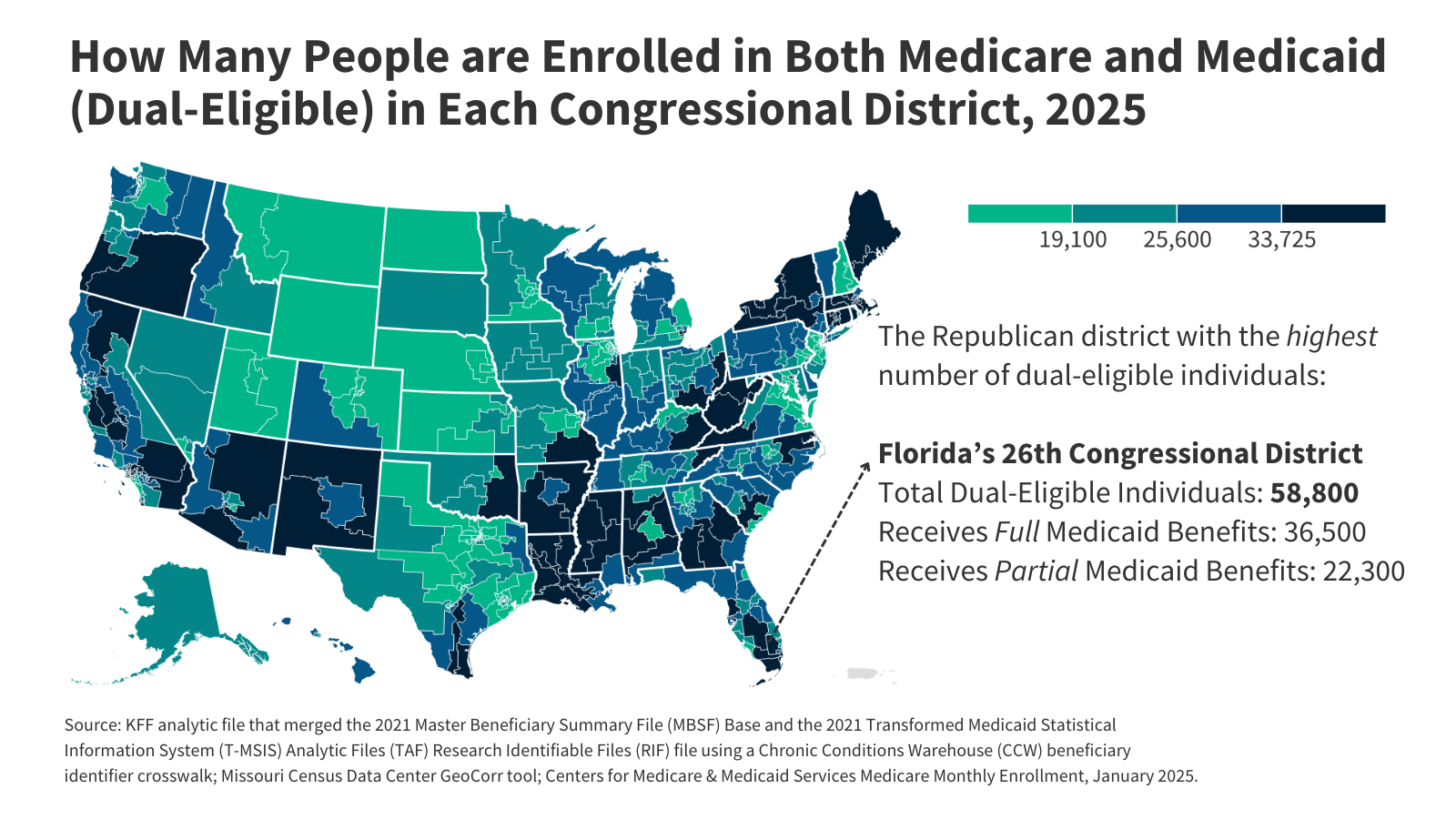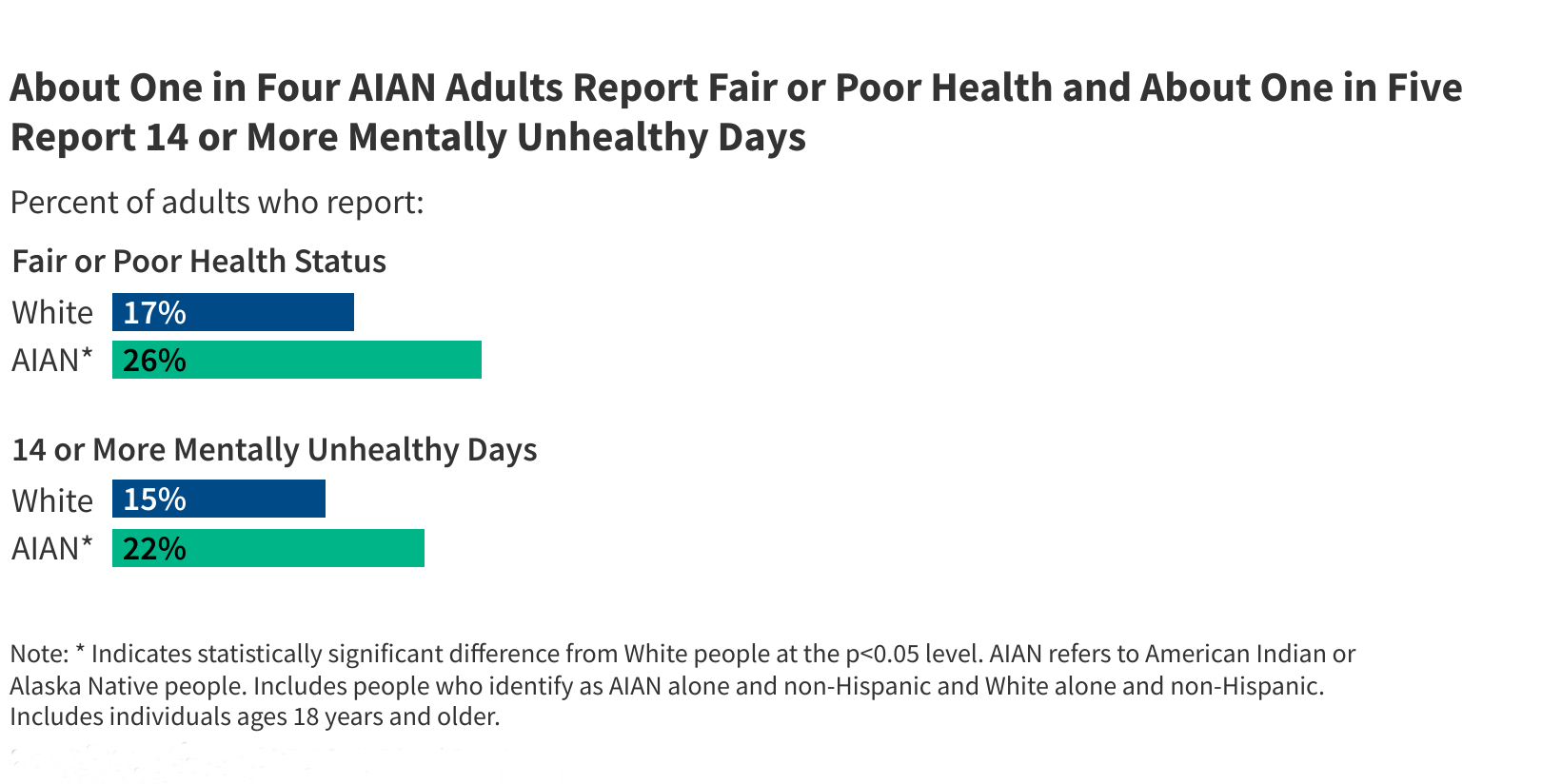Dual-Eligible Individual Inclusion criteria: Estimates include dual-eligible individuals in 50 states and the District of Columbia if (1) they were in both the MBSF and T-MSIS files using the CCW crosswalk, and (2) Dual-eligible individuals are assigned full-benefit status and partial benefit status using an “ever” approach and a hierarchy by giving priority to the full-benefit status. Individuals were a full-benefit dual-eligible individual in each year using the Medicare monthly DUAL_STUS_CD with values of 02,04,08 or the Medicaid monthly code DUAL_ELGBL_CD with values of 02,04,08 or the monthly code RSTRCTD_BNFTS_CD_03 values of 1,A,D,4,5,7. If not a full-benefit dual-eligible and the individual had DUAL_STUS_CD with values of 01,03,05,06 or the Medicaid monthly code DUAL_ELGBL_CD with values of 01,03,05,06 or the monthly code RSTRCTD_BNFTS_CD_03 values of 2,3,C,6,E,F they were assigned partial-benefit status. For this analysis, we excluded dual-eligible individuals who only had CHIP eligibility in the year.
Assigning Dual-Eligible Individuals to Congressional Districts: This analysis used the Missouri Census Data Center’s Geocorr 2022 tool to create a zip code-to-congressional district crosswalk and a county-to-congressional district crosswalk. Using those crosswalks, we assigned dual-eligible individuals to 119th congressional districts in the T-MSIS data.
In some cases, a county or a zip code can be split among multiple congressional districts. In those cases, enrollees were randomly assigned to a congressional district based on an allocation factor from the Geocorr 2022 tool that is calculated using the 2020 decennial census.
For each state, we calculated the percentage of people living in a zip code that aligned with a single congressional district and the percentage of people living in a county that aligned with a single congressional district. In most states, the zip code alignment was better, and we used the zip code crosswalk. In 9 states (AL, IA, KY, MS, MT, NC, NE, RI, and WV), the county alignment was better, so we used the county code crosswalk.
We applied the T-MSIS distributions of dual-eligible individuals by benefit status and congressional district to the CMS Medicare administrative enrollment data. Those data report monthly enrollment for dual-eligible individuals.
The sum of full-benefit and partial-benefit dual-eligible individuals enrolled may not add to total dual-eligible enrollment due to rounding. The sum of dual-eligible individuals across congressional districts may not add to state and national totals published in other KFF resources due to rounding.
Publisher: Source link










